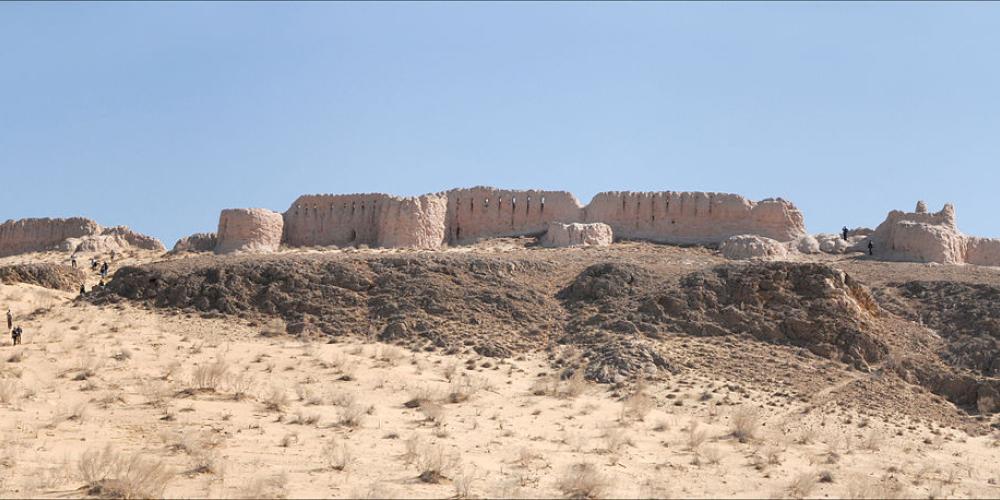A day trip to Ancient Khorezm

In the sandy plains of Central Uzbekistan, one of the many tributaries of the Amu-dar’ya River creates an enormous oasis in an area called Khorezm. Thousands of years ago, people used this fertile agricultural soil to establish some of the area's first settlements. As these towns and farming lands grew, they increasingly needed to defend themselves, so the first fortifications were built in the 7th century BC. It is from these that the desert castles of Ancient Khorezm emerged.
The region that covers Ancient Khorezm is in the Kyzylkum Desert, only two hours' drive from Itchan Kala. There are a number of significant sites here where you can see the remains of the desert castles, the large fortifications that were built from the raw earth using a combination of mud brick, cob, and pakhsa.
The closest is Pil Qala, the site of an ancient settlement in the shape of a square where the walls have been preserved in the form of a strong mud stream. But it is also worth travelling to Guldursun, the largest boundary fortress, which has enormous earthen walls with towers along its length. It's still quite imposing all these centuries later.
Another important site is the Royal Residence of Toprak Kala, which would once have been a vast palace. Within its 9-metre-high walls, about 100 rooms from the ground floor have been preserved and you can walk amongst some of them to see the highlights, including the 'Hall of Tsars', in which an altar fire would've burned in front of 23 statues of Khorezm rulers.

The desert landscapes are almost lunar, and it is perhaps hard to believe today that people once lived in Khorezm and its castles. Despite its uniqueness and relative proximity with Khiva, there are few tourists here and the Khorezm region is rather tranquil. This gives you the chance to feel like an archaeologist exploring the abandoned sand-castle-like heritage hidden in the middle of the desert.
The Desert Castles of Ancient Khorezm is currently on Uzbekistan's Tentative List.

